The year 2025 marks the 40th anniversary of Dr Reiner Knizia’s career as a board game designer – his first published game, Complica, was released in a magazine in 1985 (although he’d self-published games before then as well).
Since then, Knizia has designed and published over 800 games, many of which are critically acclaimed. Put simply, Reiner Knizia is the landscape on which all other modern designers build their houses.
To celebrate Knizia’s career and back catalogue, Meeple Mountain are taking things back to basics to consider the ABC of Reiner Knizia: one game for each of the 26 letters of the alphabet.
This time: The Letter ‘G’.
G – Grand National Derby (1996)
When Equinox was released in 2021, tabletop critics tied themselves in knots to understand and explain what was happening in the game. Officially, the magical creatures of the forest gather each equinox in “a friendly but challenging competition… to have their tales recorded in the Legendary Story Book”.
It’s funny how the ‘friendly’ part didn’t make it into most reviews. Creatures are “entirely erased from the annals of history,” said Matt Lees of Shut Up and Sit Down. “Animals battling to death in the forest,” remarked Matthew Jude of This Game Is Broken. Tom Vasel and his daughters, Ruby and Violet, continually joked about how they were choosing to kill the various creatures. Even Meeple Mountain’s Andrew Lynch wondered whether it was a fight to the death, blinking contest, rap battle or bake off.
Obviously, Equinox’s narrative could have been clearer. But many critics were also recalling its immediate predecessors, 1997’s Colossal Arena (aka Titan: The Arena) or 2000’s Galaxy: The Dark Ages, where the setting really was a fight to the death. However, even the narrative in these releases falls apart with a little inspection. These magical creatures/alien races are all fighting in one big battle but are able to magically stop as soon as one of them dies. The impracticalities of trying to reign in the gladiatorial/space battle chaos are absurd.

No, if you want to understand this whole mess of mechanics and theme, you need to look at the game that laid the foundations for all those that followed: 1996’s Grand National Derby. Though you wouldn’t know it from the front cover, it’s based on the British Grand National, an almost 200 year old turf steeplechase held annually just outside Liverpool.
Players in Grand National Derby place bets on horses, whilst also playing cards to hurry those horses along. At every fence the slowest horse falls or pulls up and is out of the race, and at the end players collect their winnings based on how early they placed bets on the three horses that finished the race.
Of all its family, Grand National Derby has the closest link between theme and gameplay. Britain’s Grand National is a gruelling 4 mile race with 30 larger-than-usual fences, several with large ditches immediately before or after them. It’s Europe’s most valuable jump race and one of the largest moments of sporting gambling globally: around 500-600 million people watch it in over 140 countries, betting £250-300 million on the one race.
Despite the space and gladiatorial violence of subsequent versions, the factual setting of the game also makes it the darkest of its line as well. Only around 45% of the horses that start the Grand National will finish. Many horses fall and recently it’s averaged one equine fatality per race, including in the year the game was released (RIP the unfortunate and unfortunately-named Rust Never Sleeps).
When Grand National Derby was released in 1996, Knizia had been living in the United Kingdom for 3 years and would have no doubt been inspired by the race. His numbers aren’t too far off. On average 45% of competing horses finish the race, compared to 37.5% in the game. Publicity for the 1996 race was especially high as it was the first race since three-time winner Red Rum had been buried at Aintree’s winning post. In a weird backwards coincidence, Knizia’s numbers in 1996 were almost identical, but reversed: 37% of the 27 competing horses failed to complete the course.
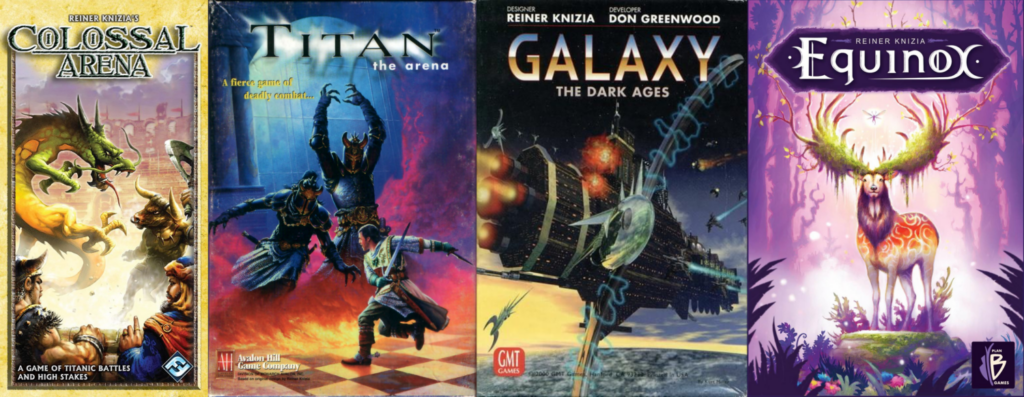
Whilst Grand National Derby is the progenitor of this series, these days we’d recommend its youngest offspring. Colossal Arena tweaked a couple of small rules from the original design and added creature powers, making for a more dynamic experience. 2021’s Equinox keeps everything the same but adds in a couple more creatures with their own abilities and, unlike Colossal, Titan or Galaxy, it’s a delight to look at. Despite its overly large and pricey production, it’s a lovely example of a game that draws you in with its looks and keeps you there with its gameplay.
If digital games are more your scene, however, you could always track down a copy of The Sims 2 or The Urbz: Sims In The City. Within these video games from 2004 you can discover a clear Grand National Derby/Colossal Arena clone: ‘Moogoo Monkey’. Gameplay in Moogoo Monkey involves betting fruit on monkeys and then playing monkey strength cards to help them make it to the next round. Exactly what happens to the unsuccessful monkeys isn’t revealed!
Whichever version of the game you try, there’s something different about the Grand National Derby lineage which makes for an interesting and unusual playing experience… if you get the player count right for your own tastes that is. “I would argue Equinox isn’t a game at 4-5 players, or at least it’s not a particularly good one,” said Lynch in his Equinox review, ”played with two or three, Equinox is a delightfully sharp and thoughtful little game”. In contrast, because it’s a “game of table talk, and collaboration”, Jude felt that Equinox “works better at a higher player count”. Regardless of personal preferences, both agree that it’s a game worth trying.
Glorifying Great Games
If you’re gagging for more ‘G’ games then there are a bunch of good, grand and gripping Knizia’s you could gorge upon:
Galaxy Neko no Bashi (Galaxy Cat Extension) – Sometimes we venerate a Knizia game because of its mechanics or integration of theme or sheer fun. And sometimes we get excited over the fact that after 800 games he’s still coming up with new ideas. In this 2022 example, his new idea is that players are stretching cats whilst trying not to be abducted by a UFO. Look, it’s a short card game of long cats, what more do you want?
Game of Thrones: Westeros Intrigue – A curious rethemeing of the children’s games Penguin and Penguin Party, Westeros Intrigue sets a dour mood on top of silly fluff and never quite lands as a result. But there’s a decent kid’s game under the adult setting, almost like the card game equivalent of musical chairs. Really we’d recommend Penguin Party instead but Westeros Intrigue is generally easier to find at a very low price so worth a punt if you’re a fan of George R. R. Martin’s series.

Gang of Dice – In some Knizia-appreciating circles, 2022’s Gang of Dice is the small, quick dice game of choice. Players are trying to roll high without going bust and losing all their rolled dice to the round’s winner. Nick Murray from Bitewing Games describes this mafia-themed game as “Ego Yahtzee”, with players pushing their luck and putting their egos front and centre as they risk dice and frequently lose them.
Genesis – Not one of the prettiest of Knizia’s vast catalogue of tile-laying games nor one of the most well known, but there’s a decent game lurking behind its weird spreadsheet and clipart appearance. Players take on the role of dinosaurs, mammals, reptiles or humans battling to establish dominance over the forests, savannahs, mountains and wetlands of post-extinction event Pangaea. With dice rolling, territorial control and tiles, this 2006 game deserves to be updated.

Goldrausch / Gold Digger – Knizia’s second-born, Goldrausch closely follows Digging (covered in the Letter ‘D’), the first boxed Knizia game physically produced by a publisher (following his earlier games published in magazines). “Highly recommended” by The Dice Tower’s Tom Vasel in one of his earliest written reviews, 1990’s Goldrausch is a game of increasing the value of gold mines and trying to have the strongest claim over them, and was republished in 2002 as Gold Digger.
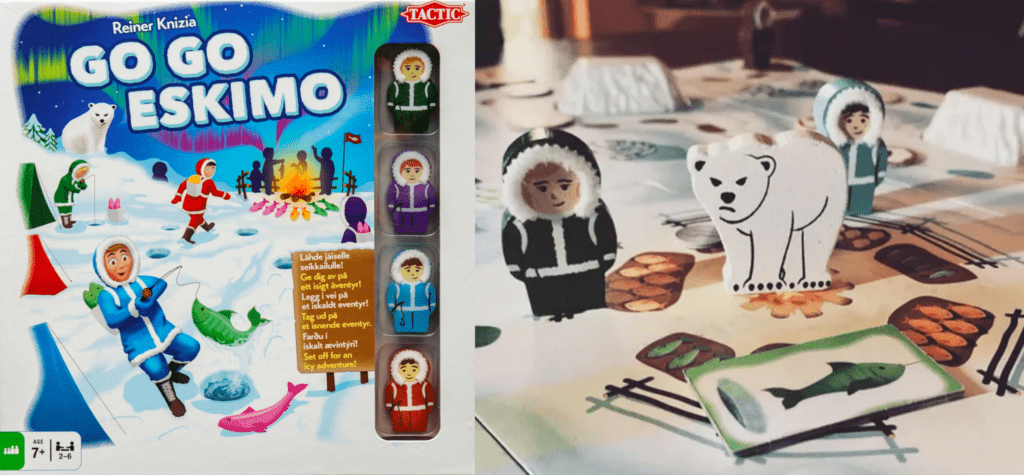
Go Go Eskimo – A cracker of a Knizia family game, Go Go Eskimo has players moving Eskimos, ice fishing and avoiding what is possibly the greatest polar bear meeple ever created (not a competitive category perhaps but look at that grumpy bear!). It’s a simple game played over three rounds, but Knizia inserts a constricting wrinkle where you can only score each fish type once, making the game far more interesting for kids and adults alike than it at first seems.
–
And so our graft is done with the ‘G’s. Did our decisions make you glad or are you gobsmacked by our goonery? What ‘G’ game would you have chosen? Let us know in the comments below and check out the rest of the Reiner Knizia Alphabet here!


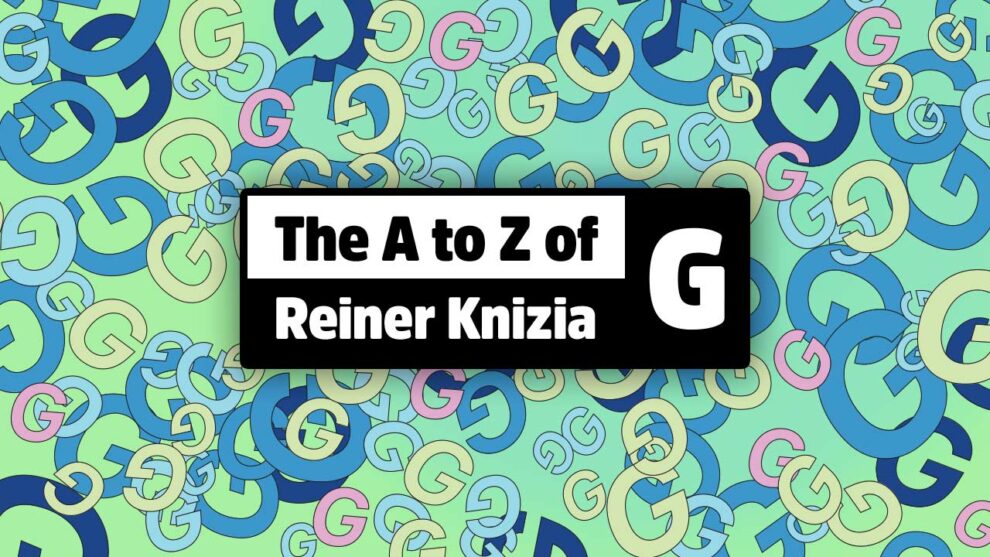
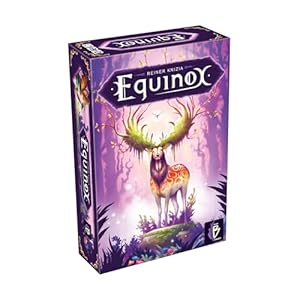
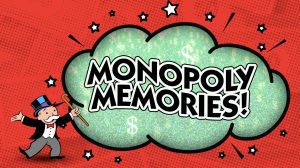
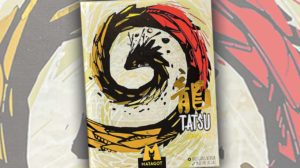
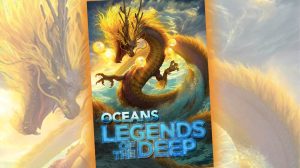



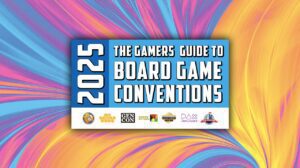
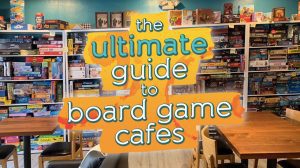
Add Comment